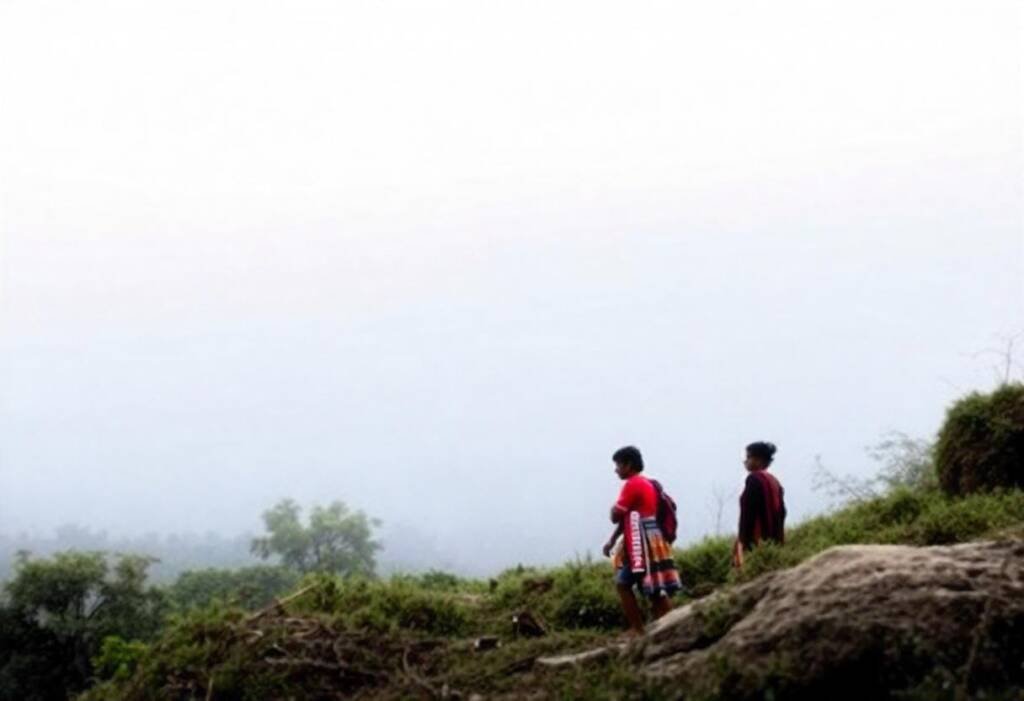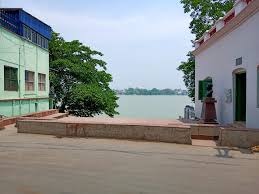Major Challenges Faced by Tribal Communities and Textile Crafts in India
Major problems faced by the Tribal Communities in India;
- Land rights and displacement: Many tribal communities have been displaced from their traditional lands due to certain development projects (Sardar Sarovar Dam in Gujarat), mining, and other activities. This has led to losing their livelihoods, homes, and cultural heritage.
- Exploitation and marginalisation: They are often exploited and marginalised by powerful groups, such as government officials, landlords, and businessmen. Adivasi population in the state of Odisha have been facing exploitation by the mining companies, who have taken over their land and resources, which is a gross misappropriation of the Land Acquisition Act, 2013, which empowers the acquisition of land for the welfare of the tribals, the act also requires the consent of the tribals and rehabilitation and resettlement of the displaced people.
- Lack of education and healthcare: They have limited access to education and healthcare, which has a negative impact on their overall well-being and development.
The literacy rate among the tribal population is lower compared to the national average and the healthcare facilities in tribal areas are inadequate. As per census 2011 the literacy rate was 59% as compared to the National average of 72.99%.

Lot of health issues, such as malnutrition, lack of access to proper health care, and a high incidence of infectious diseases. 65% of tribal women in the age group of 15-49 years suffer from anaemia. Moreover, the rate of institutional delivery is the lowest among tribal women (70.1%), along-with the total Fertility Rate for STs is 2.5%.
- Loss of Culture and Tradition: Had lost their traditional customs, languages, and arts due to modernisation and the erosion of their traditional way of life. Due to impact of globalisation and modernisation traditional practices and rituals of the Great Andamanese tribes are on the verge of extinction.
- Economic marginalisation: Engaged in traditional forms of livelihoods, such as agriculture, forestry, and hunting, which are becoming less viable in the face of modernisation and globalisation. The traditional livelihoods of the Munda tribes in Jharkhand are under threat due to the decline in the availability of forest resources arising out of the impact of mining.
- Political marginalisation: They are not well represented in the political process and their voices are not heard in the policy-making process. Tribal communities of the Northeast region of India are been deprived from a fair representation in the political process, and their issues are far short of addressal by the government.
Hindrances caused to the Textile Crafts in India and Communities of Practice –
The realm of the global pandemic in 2020, that had overturned the equilibrium of lives and livelihoods in every community in the world, with the second wave in 2021 being especially tragic for India.
As we were exploring the convolution of the lock down, virtual commuting, and psycho-neuro effects of work from home, we also remained acutely aware that this opportunity was not available to all. The diminishing livelihood of people, engaged amongst organised labour networks involving on-site, collaborative work, with very specialised equipment and materials, were borne out in stark relief.
India saw one of the “largest human displacement ever since the India-Pakistan Partition in 1947”, as people involved in contract work (also known as waged labour) in cities were abruptly laid off, and many embarked upon very treacherous journeys (often unassisted by any private or governmental aid) to their hometowns, seeking refuge, safety, and above all, dignity. At the same time, people and communities engaged in various creative industries, especially traditional textile crafts in India, struggled to make ends meet. As textile goods and services were not considered essential services, the textile industry at large as well as the associated artisanal communities were adversely affected.
To understand the traditional textile crafts in India, we need to confront the politics of our anthropological gaze, and the tendency to romanticise ideas of authenticity and continuity of crafts, on behalf of “others”. Eminent sociologist(s) Ken Botnick and Ira Raja correctly argue that “we in the West fetishize the object, while in the developing world we romanticize the humble craftsman and its dolour condition”, while there is unwillingness to look “past the artifact (as either fetish or commodity)” We need to be consciously aware of the real conditions of the craftsperson. Ruminating on these efficacies it can be arguably commended that “despite the West’s fluctuating interest in all things “ethnic”, “traditional” and “different”, the daily life of the Third World artisan sedately remained as one of struggle, poverty and exploitation, due to low pay, steep escalation in the cost of materials, relentless commodification, entrenchment of gender divide and discrimination, increasing competition in a globalised economy and a market that is flooded with cheaper, mass-produced alternatives.
The already fragile position of these communities is worsened due to disasters like the pandemic, as well as those in the recent past such as the 2001 Bhuj earthquake; the 2004 Indian ocean tsunami; the 2018, 2019 Kerala floods; and the invisible but very real global financial crisis of 2007–2009 that impacted the trade and export of handicrafts.
Even as communities are rebuilt, from within and outside, rebuilding remains a complex premise, may be to an image different to the original identity. First, competing interests of stakeholders, who may be external to the communities with different priorities need to be negotiated. Second, craft traditions are not inert and unchanging, and with disaster related migrations, these traditions may get productively contaminated over time, imparting existing traditions with a sense of hybridity, and sustaining the identity and the integrity of multiple traditions. Third, existing craft traditions may transform to register and recall the trauma, such as the work of Ambika Devi, an award-winning artist from Rashidpur Bihar whose Madhubani paintings show sacred figures wearing face masks and maintaining social distancing at village markets.
Furthermore, Maru Meghval a female artists of Kutch, Gujarat who collaborated with Nina Sabnani to transform their experience of the 2001 Gujarat earthquake in the form of narrative scrolls made with applique and embroidery. Fourth, new craft traditions (and maybe even new communities of practice) may emerge because of disasters, such as the Tsunamika dolls made of cloth scraps as a reparative response to the devastation brought about by the tsunami.
While the COVID-19 pandemic disrupted livelihoods, they also activated the structuring of new communities, and relational ways of managing disasters. Karur, a historic town in Tamil Nadu in the south of India, known for its handloom products has recently become an important textile hub, along-with its resilience as a town, as communities, and as people, who not only rose to the national challenge of producing PPE kits and masks but who also supported each other, collaborated, and adapted to the changing nature of their own textile work.
A similar tale of resilience in Kutch in the face of Bhuj earthquake (26th. January, 2001). The village of Dhamadka (known for its ajrakh production) was destroyed, and as it could not be reconstructed quickly due to constant aftershocks, the village was rebuilt twenty-five kilometres away, through international funding as Ajrakhpur. The Kutch artisans rebuilt their craft even stronger after the quake.
Systemic stresses prevalent upon communities involved in textile crafts are also often invisible.
A Case Study of Paithani Weavers of Maharashtra (India)” sheds light on the complex weaving process of the Paithani sari, as well as the collaborative and interconnected nature of these processes, and the various skilled communities involved in the production of a single sari. These communities, which are part of an informal economy and do not have creditworthiness for financial institutions, struggled even more after the introduction of demonetisation (2016) and Goods and Services Tax (2017).
A systems-based approach is proposed to ensure that the communities involved in handlooms (weavers, and all other allied people and artisans in the handloom value chain have a sustainable livelihood. The idea of livelihood is further envisioned through the “Traditional Woollen Namda (Felted fabrics) from Tonk, Rajasthan’, which looks at the possibility of giving the de-contextualised craft of felting a new life and creating new craft communities that will drive women’s empowerment and financial independence. In doing so, the craft is sustained by intergenerational communities of practice, it is possible (as well as desirable) to enable the establishment of new, agile craft communities that will collaborate with the market through greater product innovation and diversification.
To be continued………….

Writer Suvro Sanyal
Mavericknews30 has launched a series of articles on community building, sharing insights and success stories. Stay tuned for the next article as we explore how to create stronger, more connected communities!
Log on : www.mavericknews30.com
Follows us on : Twitter @mavericknews30
YouTube : @MarvickNews30
France Persuading China In Helping Ending The Ukrainian War.
Brussels; December 2025: French President Emmanuel Macron concluded his trip to China wher…




















